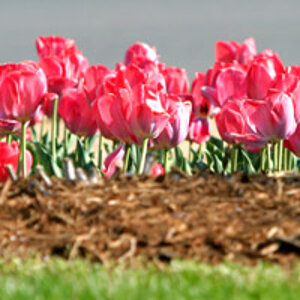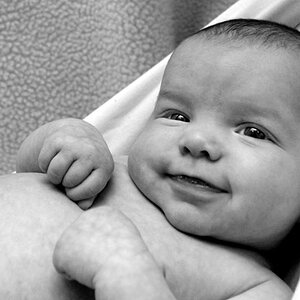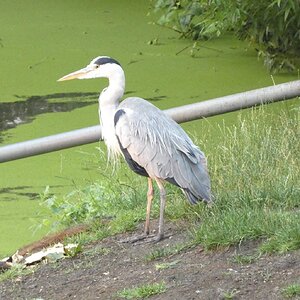A
astrostu
Guest
Just saw this tonight. I think it makes some good points.
Theres some confusion as to what the RAW photo format actually is, and, like any good photographic fact, it can incite forum flame wars as quickly as the mention of the words Leica and Bokeh in the same sentence. Although it comes in various flavors -- seemingly one for every different camera model -- RAW is essentially the raw data from the cameras sensor, hence the name.
If your camera has a RAW setting, you should be using it, no excuses. Heres why.
Dynamic Range
Dynamic range is the difference between the lightest and darkest parts of a scene. Unless the lighting is very flat (lacking in contrast), your cameras sensor will only capture a subset of that range. A RAW file, which contains all the data from the sensor, will give a dynamic range of around eight stops. A JPEG will will give you a couple of stops less, which usually translates to blown out, or over-exposed highlights and loss of details in the shadows. So, while you still need to be careful with exposure, RAW will record the maximum information available to you.
Also, the histograms displayed on most cameras are based on a JPEG preview (even when you are shooting RAW). So a histogram that shows your picture as overexposed (the graph is pushed up against the right-hand side) might still have some detail left.
No In-Camera Processing
One drawback of RAW is that you can get flat-looking previews on both the cameras LCD screen and when you load up your images into editing software. This is because, unlike JPEGs, the camera is doing no processing to the file; no sharpening, no fancy tricks to boost the colors, no nothing. All of the important decisions are left to you to apply later, on a big screen with a much more powerful computer than the one in the camera.
To get the maximum data from a scene, common advice says that you should expose for the highlights, just like with slide film back in the day. Once the highlights have blown, theres no getting them back. With the shadows, however, you can often pull details out of the murk. The flat looking preview will show you just what you captured. It might not be pretty now, but you are shooting to record the maximum information.
Adjust later
Next to capturing the maximum info from the sensor, the best thing about RAW is the post processing that can be done. Because the camera doesnt bake any of its settings into the image, you have a clean slate on which to work. Using non-destructive editing software like Apples Aperture or Adobes Lightroom, you can make endless adjustments to the exposure, white balance, contrast and just about anything else you could do in a real darkroom and change your mind later.
These programs never touch the original RAW file; they keep a small text file (just a few kilobytes in size) which contains the adjustments you have made. Each time you look at the photo, these settings are re-applied in real time (although usually there is a preview to keep things quick). Even cropping, dust spotting and sharpening can be undone, years later, with the original file unaffected.
The (Few) Disadvantages
As youd expect, there are some disadvantages. RAW capture is slower. Hold down the shutter release of a DSLR and it will happily shoot jpegs until the memory card is full, barely slowing down. Try that with RAW and even pricey cameras will slow to a crawl. Also, RAW files are bigger. That, though, is a poor excuse. Hard drives are cheap, and getting bigger all the time. Of course, some cameras dont let you shoot RAW files. The manufacturers want you to buy a more expensive camera. If you own a Canon, though, you might be in luck. The CHDK (Canon Hacker's Development Kit) will let you install hacked firmware onto some models, adding RAW capture amongst other goodies.
So if your camera has a RAW setting, go switch it on now. The advantages far outweigh the small drawbacks, and it is the only way to be sure you are getting all you can from your camera. A RAW file isnt called a digital negative for nothing.




![[No title]](/data/xfmg/thumbnail/30/30882-ce388519574371448d7493784524607a.jpg?1619734495)

![[No title]](/data/xfmg/thumbnail/38/38261-db20f6f92ee8f0d4c5cf1536e308638b.jpg?1619738546)
![[No title]](/data/xfmg/thumbnail/37/37126-93feffeca0e9e6ad893962c03a7a341e.jpg?1619737884)


![[No title]](/data/xfmg/thumbnail/37/37125-c083e505c2e7d8f15f717a96de782959.jpg?1619737883)